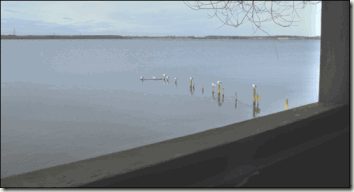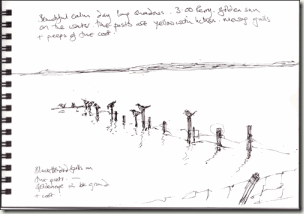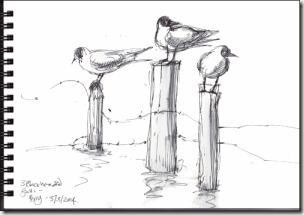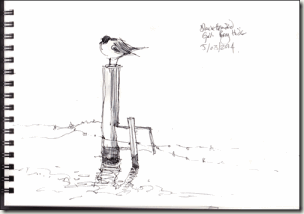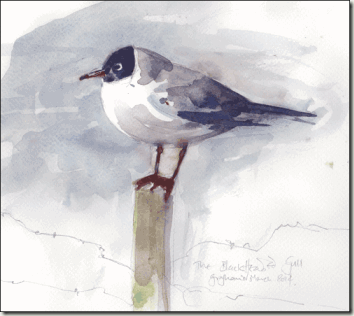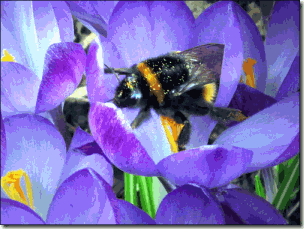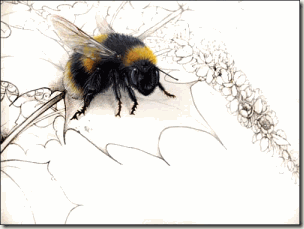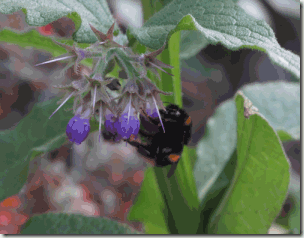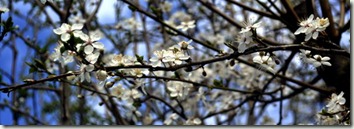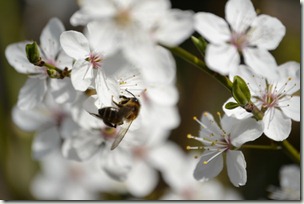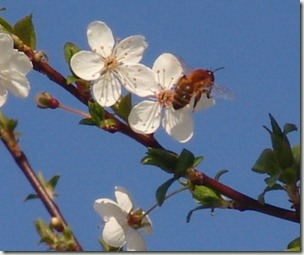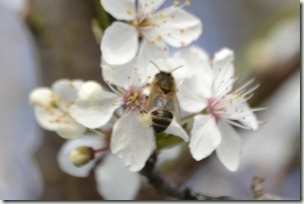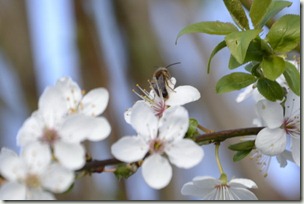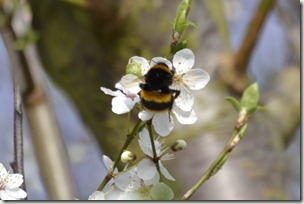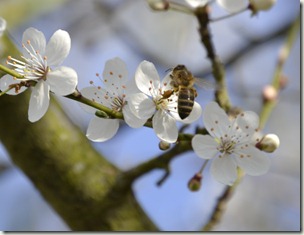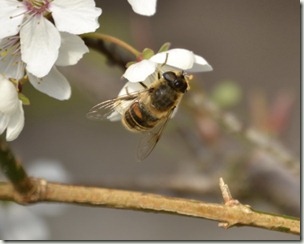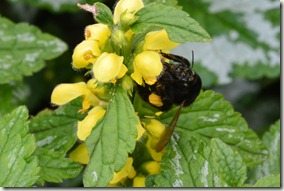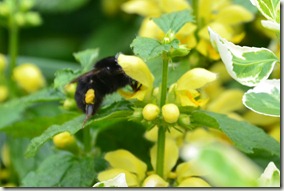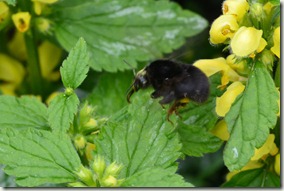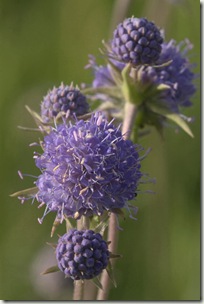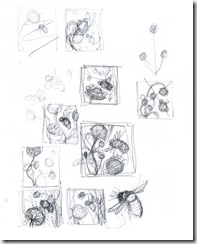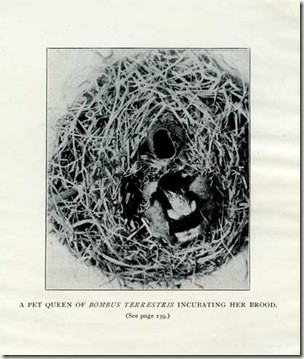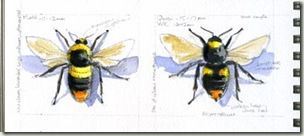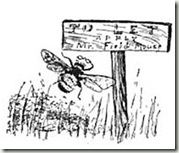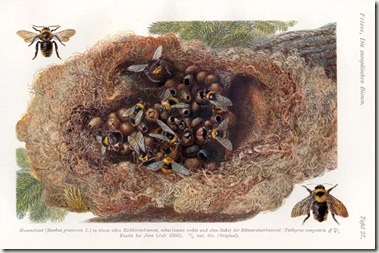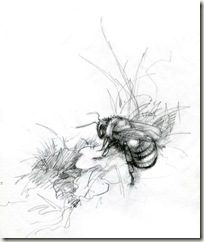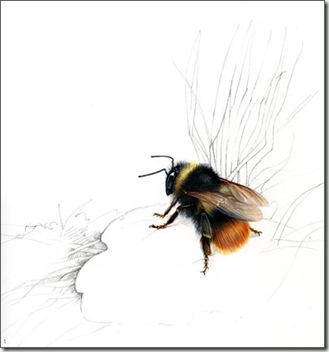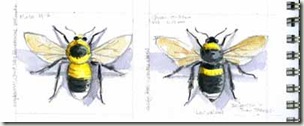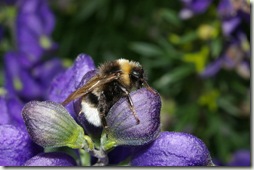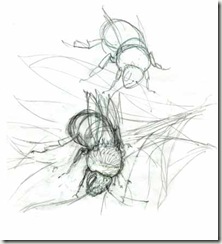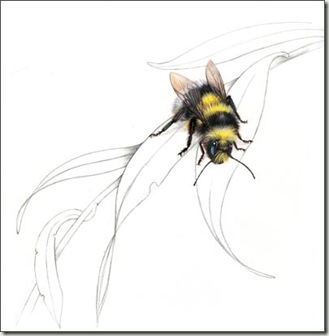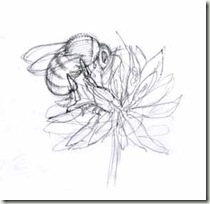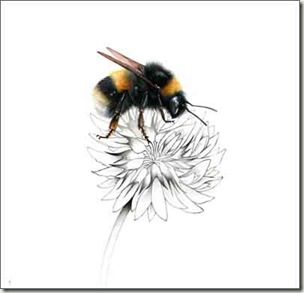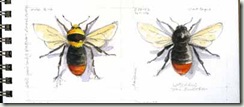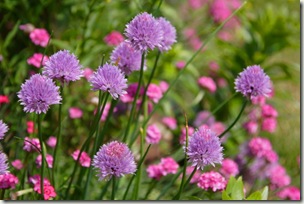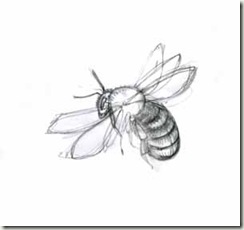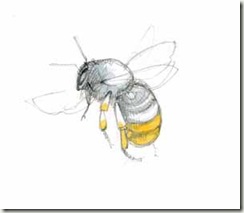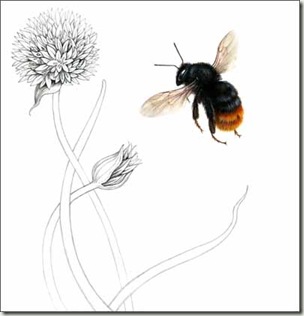The last Bumblebee for my British Bees set, the lovely Shrill Carder bee B. sylvarum, one of the smaller members of bumblebee family and endangered.
As with the Great Yellow Bumblebee I received some help and advice from one of the conservation officers at the Bumblebee Conservation Trust, Pippa Rayner.
The shrill carder bee is her baby.. lucky Pippa! .. and in February this year the trust won 30,000EURs funding towards this great bumblebee project on the Pembrokeshire Coast!..Pippa says :
We will be creating a wildflower-rich habitat to support rare bumblebees along a new 10km path in the Pembrokeshire National Park. By connecting key sites, this attractive route through spectacular scenery will help prevent the national extinction of the shrill carder bee.
The project will benefit lots of other wildlife too; Wales, like the rest of the UK, has lost most of its wild flower grasslands, so creating and restoring these habitats will benefit the plants, butterflies, bees, birds and other beasties that depend upon them. It will also create a lovely place to walk, with flowers and bumblebees along the path that takes walkers, horseriders and cyclists through areas that were previously inaccessible, thanks to the new route provided by the MOD”We’ll be bringing extra colour and ‘buzz’ to beautiful Pembrokeshire!
I wish her well and what a very good reason to visit one of the most beautiful parts of Wales. It takes quite a while for things to happen though doesn’t it! Back in 2006 at the launch of the Bumblebee Conservation Trust, Professor Dave Goulson told the Independent newspaper this:
“UK nature reserves are simply too small.The only way to provide sufficient areas of habitat for bumblebees is if the wider, farmed countryside, and the vast areas covered by suburban gardens, are managed in a suitable way. To do this we need to educate people, and encourage activities such as the planting of wildflowers and traditional cottage-garden flowers in gardens, the replanting of hedgerows, and the recreation of hay meadow and chalk grassland habitats..
This echoes Buglife’s wonderful vision of the “Rivers of Flowers” earlier this year.

Bombus sylvarum from James Lindsey’s Ecology of Commanster Site, via Wiki here. (**James’ site is wonderful)
A Greenish Bee
From Sladen: “ The prevailing colour is greenish-white, often with ayellowish tinge.” From the Natural History Museum: “Fresh pale B. sylvarum are almost unmistakable in Britain with their ‘greenish’ yellow hair.” From Arkive “It has a distinctive combination of markings, being predominantly grey-green, with a single black band across the thorax, and two dark bands on the abdomen. The tip of the abdomen is pale orange.”
The Flower: Devils Bit Scabious Succisa pratensis
I asked Pippa about which flowers this bee favours and she told me it likes several plants in particular, including red clover Trifolium pratense, yellow rattle Rhinanthus minor, common bird’s-foot trefoil Lotus corniculatus , common knapweed Centaurea nigra, red bartsia Odontites verna. But,
“ I would suggest devil’s-bit scabious would be ideal as this is an important plant at Castlemartin in Pembrokeshire where it provides forage for the shrill carder later on in
the summer”

from Shutterstock by Andrey Novikov .
So the lovely little Devils Bit Scabious it is.
The curious name coming from the root form which looks cut off, or bitten off. Legend says the Devil found it in the Garden of Eden but was envious of the little flower’s many good and helpful properties so bit off part of the root, but the plant survived.
There is a curious little piece in the Edinburgh Review’s 1809 review of J. E. Smith’s “Introduction to Botany “1809 . Smith is talking about root systems and quotes Gerards of herbal fame.
“ old Geralde is quoted ‘ ‘The great part of the root seemeth to be bitten away; old fantastick charmers report that the divel did bite it for envie, because it is an herbe that hath so many good vertues and it is so beneficial to mankinde.’: And the Doctor facetiously adds that “the malice of the devil has unhappily been so successful that no virtues can now be found in the remainder of the root or herb.’”
However Culpepper has the plant curing plague, pestilence, external and internal problems alike, plus snake bites and wounds. Another useful plant to have around, not only for the bees! Let’s hope it get on well in Wales without the Devil’s interference. It’s the prettiest pale lilac little thing.. quite beautiful.
The Painting
A few roughs and on with the painting. The grey-green pile looks more grey than green against the white paper but a simple mix of Payne’s grey and yellow was a good colour for it. It’s a very pretty hairy little bee!

___________________________________________
The Beautiful Shrill Carder Bee, Bombus sylvarum zooming in at full throttle to the Devils Bit Scabious

Watercolour and pencil on Arches HP 8 x 8”
***PS.. there is a super little Bumblebee film here by Jamie-Lee Loughlin http://vimeo.com/11758948.

